Discover the features of one of the most remarkable and praised Music Education Systems in the world.

PHILOSOPHY
Offer the joy of music to everyone and cultivate the musical sensitivity that everyone is born with.
The Yamaha music courses began in 1954 in Japan.
Today, Yamaha Music Schools have developed into a globally recognized system with more than 750,000 students and 20,000 teachers at 6,400 locations around the world. Along with this, more than 6 million students have graduated from a Yamaha Music School.
Many YMS students have grown up to become award-winning professional musicians. They are film and television composers, awarded classical pianists and recording artists.

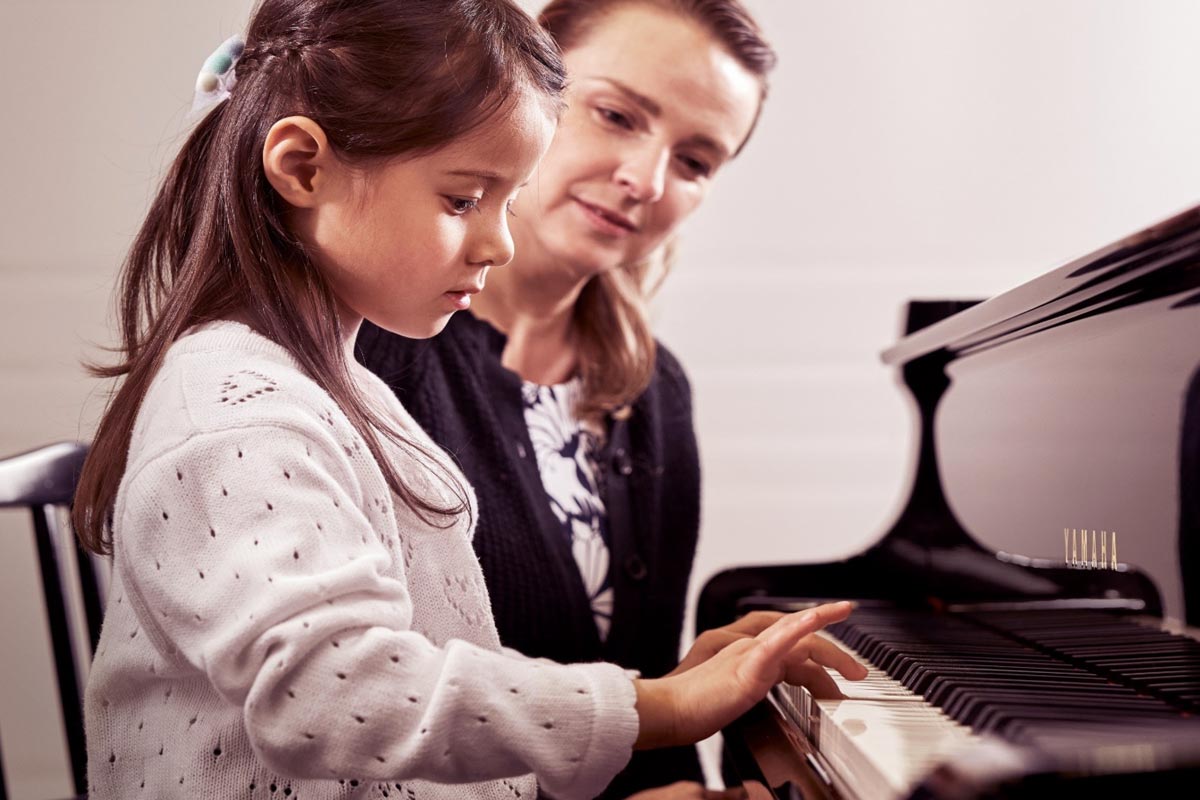
METHOD
In the early 1950s, a research team of outstanding teachers, doctors, psychologists and musicians joined together to develop an innovative and effective method of teaching music. As a result, the unique Yamaha Music Education System emerged and is known today all over the world.
The System is based on four main features:
Timely Education
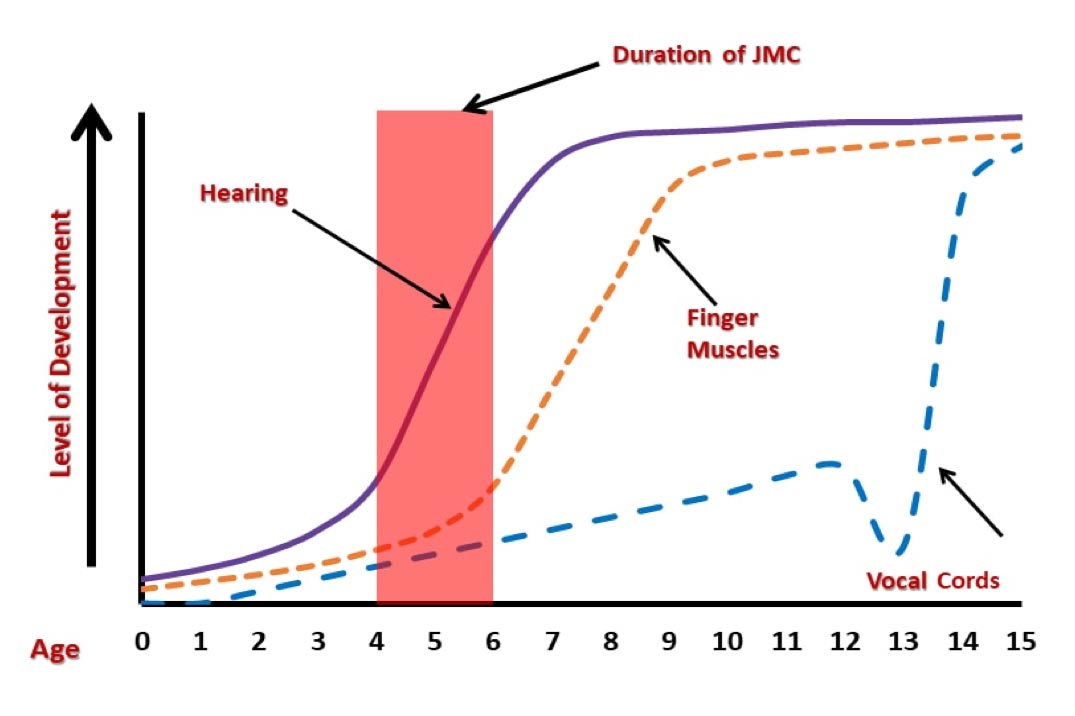
One of Yamaha’s main principles is based on the courses appropriate to the students’ age and their physical and mental abilities. For young children, whose listening ability develops most remarkably, teaching with emphasis on ‘hearing’ will help acquire the fundamental music ability and sensitivity to music and will allow them to learn in a natural and enjoyable way.
Comprehensive Music Education
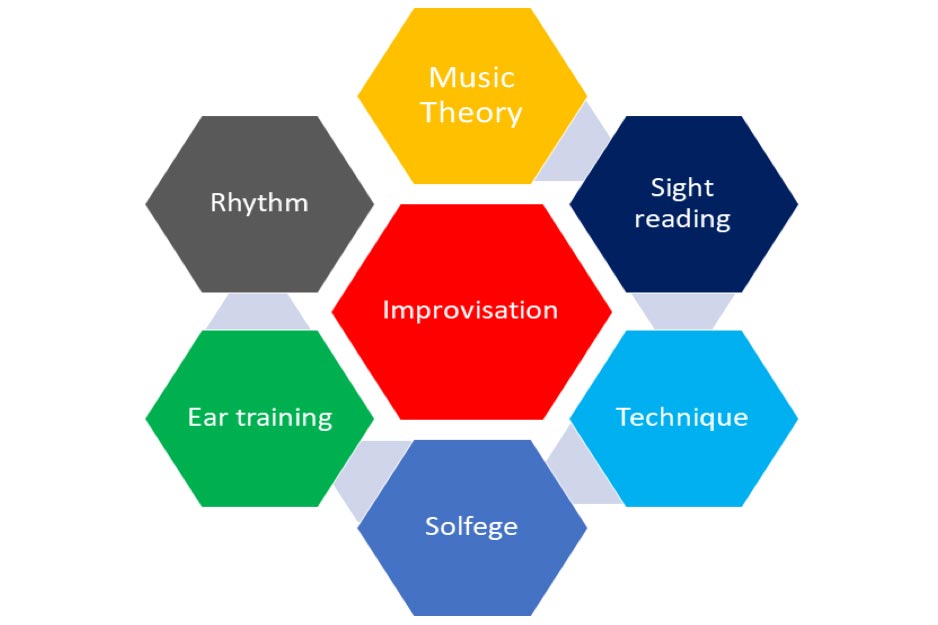
Comprehensive Music Education is based on learning various elements of music in the lesson, such as listening, playing, singing, creating and etc.
Yamaha not only trains its students to be able to perform on an instrument but also develops music fundamentals, such as ear training, ensemble playing and rhythmic sense.
Group Lessons
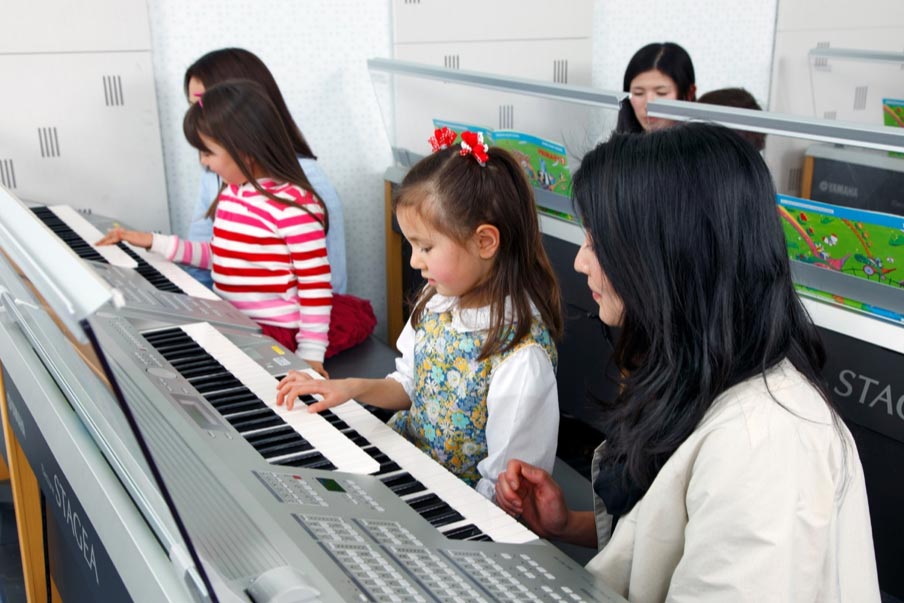
“I believe that music should not be competitive, but should be a means of fostering friendships” Kawakami Genichi, Reflections on Music Popularization.”
Playing in group as ensemble allows students to have a fun and rich musical experience and to deepen their understanding of music. Group classes foster friendship, improve teamwork and social interaction of individuals.
Creativity

All the music elements which students learn in the lessons are connected to develop their creativity. Students moving to advanced Junior Courses learn how to express their emotions by creating music compositions. The Junior Original Concert (JOC) was created to allow Yamaha students to perform their original compositions in public. The first JOC was held in Japan, in 1972 and since its start more than 35,000 pieces were submitted to Yamaha Foundation.
GLOBAL STANDARDS
Catering for all ages, the Yamaha courses can be found within Yamaha Music Schools and partnerships worldwide, allowing the students to follow or resume the same course anywhere in the world.
Our highly qualified Yamaha Teachers are dedicated to conduct interesting lessons which encourage children’s interest in music.
In addition to extensive training prior to becoming a Yamaha teacher, each year Yamaha Teachers participate in on-going training and development seminars to ensure every student is receiving the best music education possible.
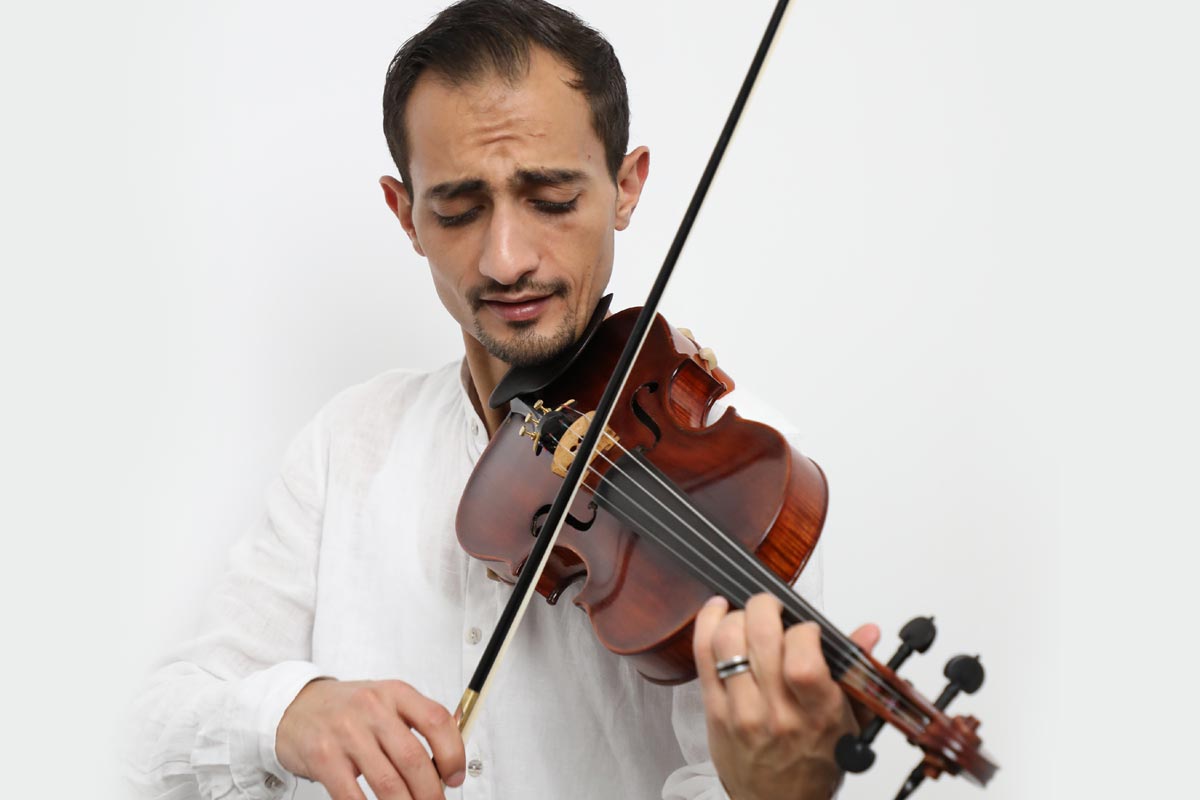
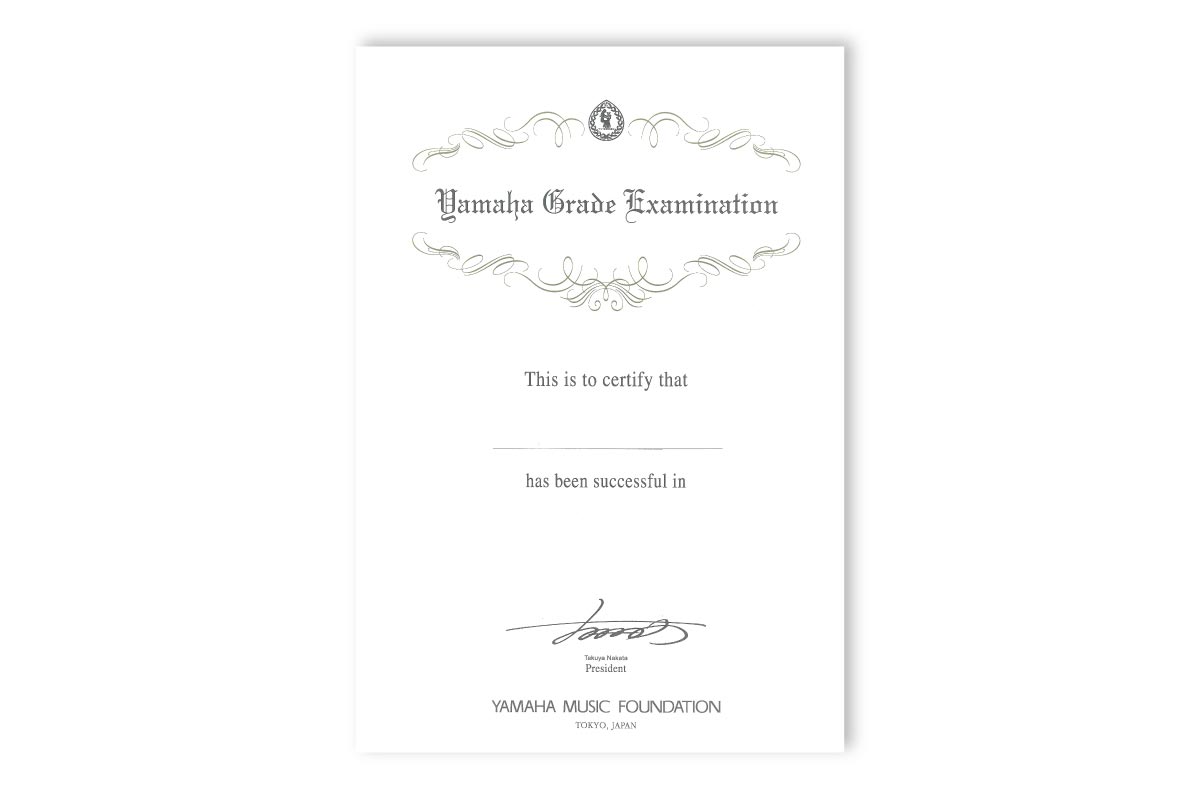
GRADE EXAM
The globally recognized Yamaha Grade Examination System was established in 1967 for the purpose of evaluating the performing ability and the musical knowledge of the performers.
More than 9.5 million people have taken these examinations over the past 40 years, in more than 40 countries/regions. The content of the Yamaha Grade Examination is synchronized with lesson subjects, so that the students develop required skills during their daily lesson.

